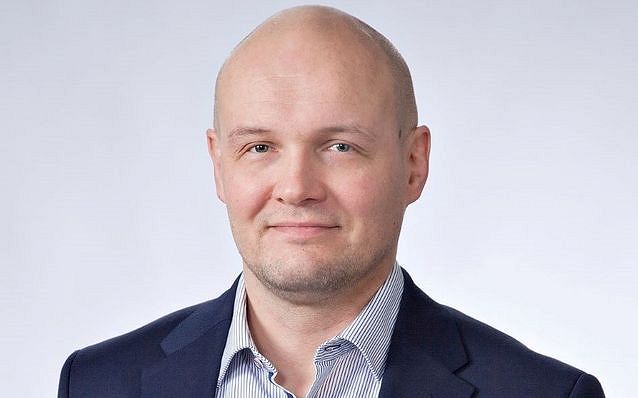People are the most important resource a company has at its disposal, and developing people is as important as process development. However, when talking about people, “resource” always sounds like an unnecessarily cold word.
In my previous writings on strategy implementation, I have talked about the importance of defining strategic priorities in order to have a framework for fulfilling the company strategy. People development should be one of those priorities. If the company’s continuous improvement model is World Class Manufacturing or Total Productive Maintenance, then a pillar-based organisation for tracking and reducing various losses will be a cornerstone of its operations. The Education and Training pillar plays the critical role of supporting the other pillars. It assesses the staff’s skill levels, identifies necessary training to reduce losses and organises training with training materials to ensure the other pillars have the necessary reinforcement.
In World Class Manufacturing (and Total Productive Maintenance), a person's skill level can be assessed on a four-point scale:
- Level 1: The person knows neither theory nor practice and works only under supervision.
- Level 2: The person knows theory but cannot apply it in practice and needs practical guidance.
- Level 3: The person knows practice but does not know theory and does not know how to guide others.
- Level 4: The person knows theory and practice and can educate others.
Aurelia Turbine’s Education and Training pillar defines five rather than four skill levels:
- Level 1, Novice: A novice struggles to demonstrate relevant skill; has no relevant experience from school, work or other activities; and shows no interest in self-development in a particular area.
- Level 2, Learner: A learner knows and understands but sometimes commits mistakes in applying theory. Learners are currently studying a new skill set or have recently graduated.
- Level 3, Practitioner: A practitioner knows, understands and applies theory with a fair degree of consistency and can produce steady outcomes without supervision from senior colleagues. Practitioners can operate within set time frames.
- Level 4, Expert: An expert not only knows, understands and applies theory but also consistently innovates. Experts make suggestions for improvement on a regular basis and can operate independently.
- Level 5, Master: A master can model a skill, often defines the standard for others to follow and can coach others. Masters comprehend the big picture and can make independent, company-wide decisions.
The Education and Training pillar differs from the other pillars in that its annual rotation covers all seven main steps every year.
The seven main steps of the Education and Training pillar are:
- Create/review a strategy for the pillar
- Complete and evaluate competency matrices
- Link losses to skill gaps
- Develop a training plan
- Select trainers, create training materials and complete training
- Evaluate training performance and effectiveness
- Evaluate pillar performance
Necessary skills can be role, positional or even personal. Assessments can reveal large gaps between a person’s ideal skill level and their current skill level, but it is not always necessary to address everything in one year of training. It is crucial to define a level of improvement that the person can realistically achieve in a year. It is wise to use the well-known 70-20-10 training model and have workers train on the job whenever possible. You always learn best by doing.
Planned trainings should be intentionally designed to support the company’s established goals and priorities and to only reduce losses that are meaningful to the company. However, not everything can be measured directly in terms of immediate reduction of losses; training people brings many positive effects that may only be visible after a long period of time. For example, training can boost people’s commitment to their work and employer and spread familiarity with continuous improvement methodologies that will prove useful when unforeseen issues arise.
Aurelia Turbines has created the competence matrices for the 2024 rotation of its Education and Training pillar. Supervisors and their teams will now fill them out and evaluate the gaps between current and desired skill levels. By raising our level of expertise in everything we do, we ensure that the gas turbines we produce are world class.
Stay tuned. Our story continues next month.
Tomi Pinomäki
The author has extensive experience in practical implementation of continuous improvement in operations.

